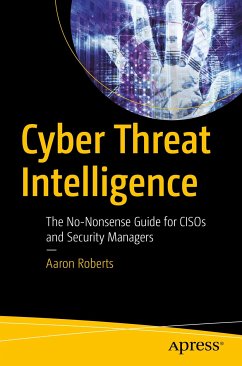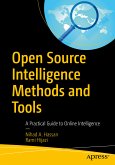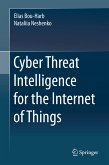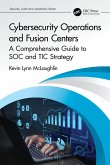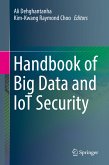This book covers the cybersecurity wild west, the merits and limitations of structured intelligence data, and how using structured intelligence data can, and should, be the standard practice for any intelligence team. You will understand your organizations' risks, based on the industry and the adversaries you are most likely to face, the importance of open-source intelligence (OSINT) to any CTI practice, and discover the gaps that exist with your existing commercial solutions and where to plug those gaps, and much more.
You will:
- Know the wide range of cybersecurity products and the risks and pitfalls aligned with blindly working with a vendor
- Understand critical intelligence concepts such as the intelligence cycle, setting intelligence requirements, the diamond model, and how to apply intelligence to existing security information
- Understand structured intelligence (STIX) and why it's important, and aligning STIX to ATT&CK and how structured intelligence helps improve final intelligence reporting
- Know how to approach CTI, depending on your budget
- Prioritize areas when it comes to funding and the best approaches to incident response, requests for information, or ad hoc reporting
- Critically evaluate services received from your existing vendors, including what they do well, what they don't do well (or at all), how you can improve on this, the things you should consider moving in-house rather than outsourcing, and the benefits of finding and maintaining relationships with excellent vendors
Dieser Download kann aus rechtlichen Gründen nur mit Rechnungsadresse in A, B, BG, CY, CZ, D, DK, EW, E, FIN, F, GR, HR, H, IRL, I, LT, L, LR, M, NL, PL, P, R, S, SLO, SK ausgeliefert werden.

